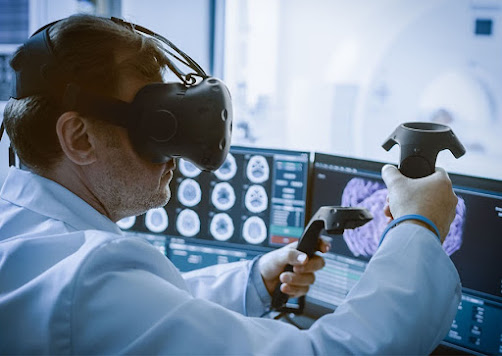How Teleradiology Can Help Early Management Of Acute Stroke

Dr. Shriram Varadharajan, Consultant Neuroradiologist (Neuroimaging & Stroke) Awareness of stroke and immediate arrival to the hospital plays a major role in its treatment and recovery. Unlike acute coronary syndrome (ACS – heart attack) where pain plays a prominent role in patients presenting early, stroke patients ignore the negative signs such as sudden onset weakness or numbness. Often minor stroke or TIA (transient ischemic attack) serves as a warning for subsequent major stroke (CVA – cerebrovascular accident). Stroke patients need to complete timely evaluation with various imaging tools. Treatment decisions in acute stroke require ultrafast imaging. It should be performed immediately after clinical triage and emergency stabilization of the patient. Imaging starts with the very basic question of differentiating Ischemic (clot in the vessels supplying the brain) from Hemorrhagic stroke (bleed) using a simple plain CT scan. Ischemic stroke patients may be given an injecti...


